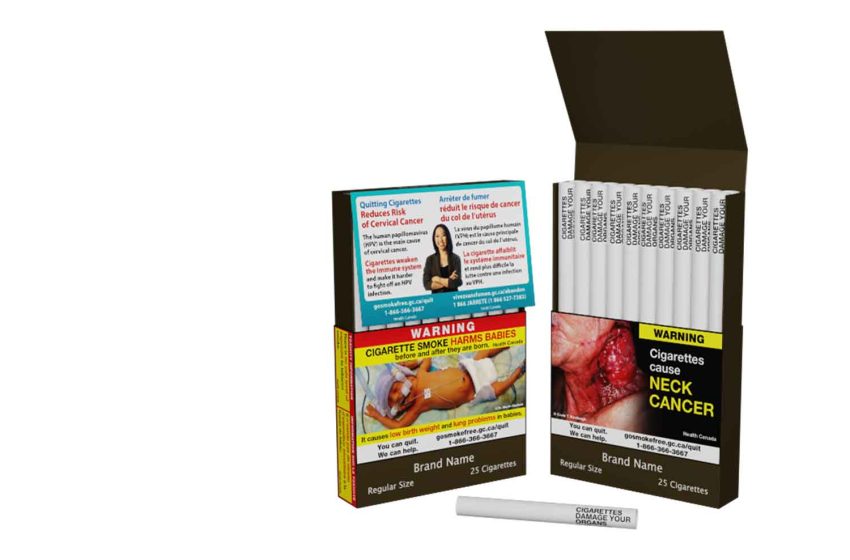
CME Automation Systems, a specialist in automated packing line solutions, has announced ambitious growth plans following significant backing from private equity. The investment enables CME to strengthen its offering to customers internationally in the pharmaceuticals, fast-moving consumer goods, cannabis and tobacco sectors.
For 40 years, the CME brand has helped companies to improve efficiency and throughput through the use of automation in product handling for primary and secondary packaging systems. The new investor has identified the potential to build on CME’s expertise and reputation for innovation, especially given the company’s recent success in developing new solutions for growth markets such as cannabis and clinical trials.
The investment comes from a specialist fund for small-sized and medium-sized U.K. enterprises and will be invested in a combination of resources, infrastructure, new product development and channels to market.

In today’s hyper-competitive markets, the use of automation can deliver the competitive edge to balance productivity, profit and growth.
Paul Knight, CEO, CME Automation Systems
“Automation is critical for manufacturers who need to pack products at speed and at scale. In today’s hyper-competitive markets, the use of automation can deliver the competitive edge to balance productivity, profit and growth,” said CME Automation Systems CEO Paul Knight.
“At CME, we provide the tools to help them achieve value through automation. As well as our core markets, we’re seeing significant interest from some of the world’s most rapidly growing sectors. So this investment is well timed to help us realize our business’s potential—and to help even more customers to meet their automation challenges.”
The CME range offers standard and turnkey line solutions to support a variety of packing functions, including tax stamping, wrapping, collating, cartoning, filling and product handling. This is complemented by in-house capability for certain bespoke machinery design and build to help customers with specialist requirements.
“CME has a proven track record but also huge future potential,” said CME Financial Director Scott Cullen. “We’re delighted to have a new investor for this ambitious growth plan, which will help to strengthen the CME brand internationally and grow sales in pharmaceuticals, FMCG, cannabis and tobacco.”




















